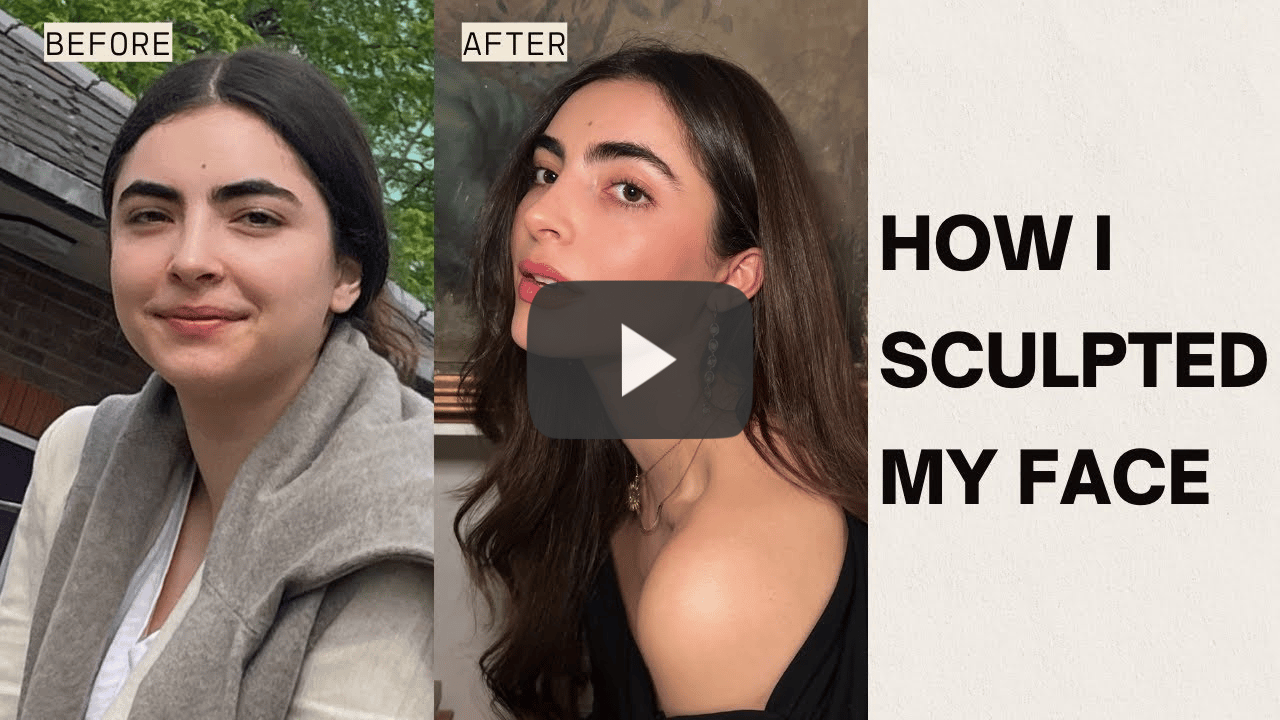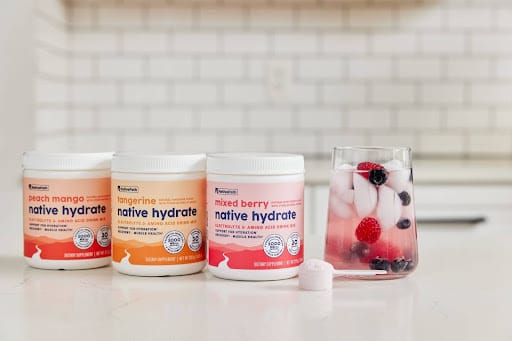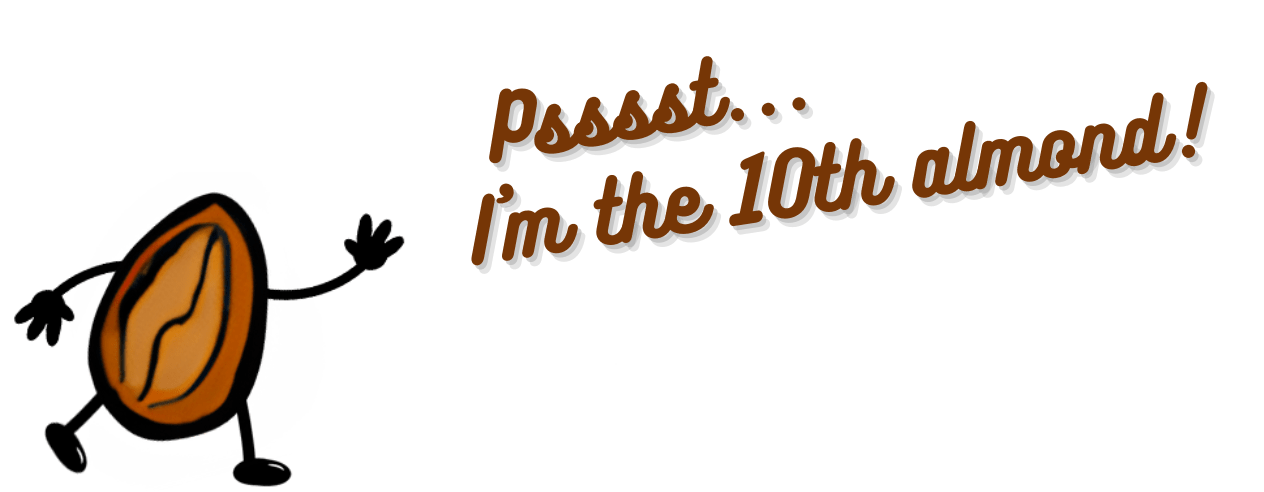Do you (or did you previously) suffer from migraines? If you’re a woman, it’s an extra risk factor for stroke, so that’s something you may want to be aware of.
In A Rush?
Today’s 30-Second Summary
If you don’t have time to read the whole email today, here are some key takeaways:
Mimosa extract has been long-used in folk medicine in China, Brazil, and Mexico, but what does modern science have to say about it?
Today’s main feature examines exactly that, looking at its benefits against depression and anxiety, and for wound healing and against inflammation and pain.
How’s your hydration looking today? For most people, at any given time, it’s not great. But it doesn’t have to be that way!
Today's sponsor NativePath is offering a 365-day money-back guarantee on their range of electrolyte and amino acid drink mixes, which are great for your kidneys, bladder, and pelvic floor muscles.
Today’s featured book is on how to treat your own hip, from the world’s foremost expert in that.
Read on to learn more about these things, or click here to visit our archive
A Word To The Wise
TikTok Coffee
Is TikTok correct? Can adding a teaspoon of cinnamon to your coffee help you burn fat?
Watch and Learn
Holistic Approach To Resculpting A Face Affected By PCOS Or Menopause
Mila Magnani has PCOS and hypothyroidism, but the principles are the same for menopause because both menopause and PCOS are a case of a hormone imbalance resulting in androgenic effects, so there’s a large amount of overlap.
Obviously, a portion of the difference in the thumbnail is a matter of angle and make-up, but as you can see in the video itself, there’s also a lot of genuine change underneath, too:
Prefer text? The above video will take you to a 10almonds page with a text-overview, as well as the video!
Monday’s Research Review
Mimosa For Healing Your Body & Mind
Today we’re looking at mimosa (no relation to the cocktail!), which is a name given to several related plant species that belong to the same genus or general clade, look similar, and have similar properties and behavior.
As a point of interest that’s not useful: mimosa is one of those plants whereby if you touch it, it’ll retract its leaves and shrink away from you. The leaves also droop at nighttime (perfectly healthily; they’re not wilting or anything; this too is just plant movement), and spring back up in the daytime.
So that’s what we mean when we say “and behavior” 😉
Antidepressant & anxiolytic
Mimosa bark and leaves have long been used in Traditional Chinese Medicine, as well as (albeit different species) in the North-East of Brazil, and (again, sometimes different species) in Mexico.
Animal studies, in vivo studies, and clinical practice in humans, have found this to be effective, for example:
❝[Mimosa pudica extract] has anti-anxiety, anti-depressant and memory enhancing activities that are mediated through multiple mechanisms❞
Research is ongoing with regard to how, exactly, mimosa does what it does. Here’s a paper about another species mimosa:
(notwithstanding the genus name, it’s still part of the mimosa clade)
Anti-inflammatory & analgesic
In this case, mimosa has traditionally been used as a topical tincture (for skin damage of many kinds, ranging from cuts and abrasions to burns to autoimmune conditions and more), so what does the science say about that?
❝In summary, the present study provided evidence that the [mimosa extract], its fractions and the isolated compound sakuranetin showed significant anti-inflammatory and antinociceptive activities❞
Wound healing
About those various skin damages, here’s another application, and a study showing that it doesn’t just make it feel better, it actually helps it to heal, too:
❝Therapeutic effectiveness occurred in all patients of the extract group; after the 8th treatment week, ulcer size was reduced by 92% as mean value in this group, whereas therapeutic effectiveness was observed only in one patient of the control group (chi(2), p=0.0001). No side effects were observed in any patient in either group.❞
Very compelling stats!
Read more: Therapeutic effectiveness of a Mimosa tenuiflora cortex extract in venous leg ulceration treatment
Is it safe?
Yes, for most people, with some caveats:
this one comes with a clear “don’t take if pregnant or breastfeeding” warning, as for unknown reasons it has caused a high incidence of fetal abnormalities or fetal death in animal studies.
while the stem bark (the kind used in most mimosa supplements and most readily found online) has negligible psychoactivity, as do many species of mimosa in general, the root of M. tenuiflora has psychedelic effects similar to ayahuasca if taken orally, for example as a decoction, if in the presence of a monoamine oxidase inhibitor (MAOI), as otherwise MAO would metabolize the psychoactive component in the gut before it can enter the bloodstream.
That’s several “ifs”, meaning that the chances of unwanted psychedelic effects are slim if you’re paying attention, but as ever, do check with your doctor/pharmacist to be sure.
Want to try some?
We don’t sell it, but here for your convenience is an example product on Amazon 😎
Enjoy!
Our Sponsors Make This Publication Possible
Hydration, Simplified
Unlike other commercial hydration products, Native Hydrate contains high-quality amino acids that are proven to be the optimal way to hydrate, along with subtle yet effective amounts of electrolytes.
Most other hydration products contain way more sodium than you need, unless you’re working out for multiple hours every day. Native Hydrate contains the equivalent of a quarter teaspoon of salt for optimal hydration delivery without disrupting your health. It doesn’t undergo massive processing like most hydration supplements do, or have any added sugars.
With its unique blend of essential amino acids, branched-chain amino acids, electrolytes, and additional nutrients (like Calcium Carbonate, Choline Bitartrate, Riboflavin, Niacin, B6, Folate, B12, Biotin, Pantothenic Acid, Choline, and Zinc) Native Hydrate makes getting proper hydration easy and enjoyable all year long.
Please do visit our sponsors—they help keep 10almonds free
This Or That?
Vote on Which is Healthier
Yesterday we asked you to choose between red cabbage and Brussels sprouts—both excellent choices, but ultimately we picked the sprouts (click here to read about why), as did 60% of you!
Now for today’s choice:
Click on whichever you think is better for you!
Bonus (Sponsored) Recommendation
Cornbread Hemp’s Sleep CBD Gummies are your nighttime ally! Enjoy peaceful sleep with these full spectrum, USDA organic gummies. For a limited time, get one free when you buy one with code SUMMERTIMEBOGO. Order now. Sweet dreams await!
One-Minute Book Review
Treat Your Own Hip – by Robert McKenzie
We previously reviewed another book by this author in this series, “Treat Your Own Knee”, and today it’s the same deal, but for the hip.
A quick note about the author first: a physiotherapist and not a doctor, but with over 40 years of practice to his name and 33 letters after his name (CNZM OBE FCSP (Hon) FNZSP (Hon) Dip MDT Dip MT), he seems to know his stuff.
He takes the reader through first diagnosing the nature of the pain (and how to rule out, for example, a back problem manifesting as hip pain, rather than a hip problem per se—and points to his own “Treat Your Own Back” manual if it turns out that that’s your problem instead), and then treating it. A bold claim, the kind that many people’s lawyers don’t let them make, but once again, this guy is pretty much the expert when it comes to this. Ask any other physiotherapist, and they probably have several of his books on their shelf.
The treatments recommend are tailored to the results of various diagnostic flowcharts; essentially troubleshooting your hip. However, they mainly consist of exercises (perhaps the greatest value of the book), and lifestyle adjustments (these ones, 10almonds readers probably know already, but a reminder never hurts).
The explanations are thorough while still being comprehensible, and there is zero sensationalization or fluff. It is straight to the point, and clearly illustrated too with diagrams and photographs.
Bottom line: if you’re looking for a “one-stop shop” for diagnosing and treating your bad hip, then this is it.
PS: if you have musculoskeletal problems elsewhere in your body, you might want to check out the rest of his body parts series (neck, back, shoulder, wrist, knee, ankle) for the one that’s tailored to your specific problem.
Penny For Your Thoughts?
What did you think of today's newsletter?
Wishing you the most well-informed start to the week,
The 10almonds Team








